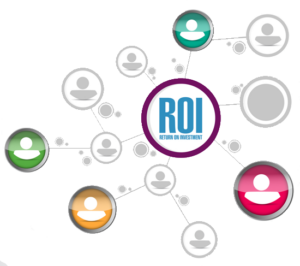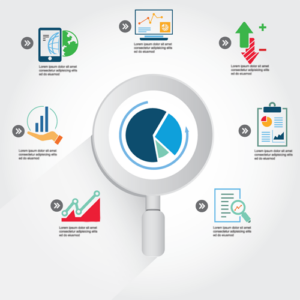Production is down. Morale is down. The staff kitchen is like a wake. People stop talking when you come near. The same people who used to be sticklers for punctuality are now turning up late and having a suspiciously bad run with their health. This is what you might call a sick workplace. Ignore the symptoms and you’ll have a full-blown profit plague on your hands.
High tech doesn’t mean high spirits
Your offices, machinery and computer systems can all be as state-of-the-art as you like, but if the states-of-the-minds are behind the times, you’re in trouble. At the end of the day people run your business, not machines, and they need regular maintenance too. So how do you get people motivated and performing at a high level? They have to want to perform, and your job is to make them want to.
Be a benevolent boss
And, no, that doesn’t mean giving to charity, it means giving more of yourself to your workers. It means getting to know your workers, their needs, their hopes and fears. Basically, it means showing you care and listening to any concerns. If you have an office, leave the door open and put a big ‘Welcome’ sign on it; tell all staff you’re available any time and encourage them to bang on your door for a chat.
Make weekly one-on-ones number one
It might seem like a massive intrusion on your time, but informal one-on-one chats with staff can make a huge difference to morale and organisational productivity. They nip potentially disastrous issues in the bud and allow potentially great ideas to blossom out of nowhere and from the most unlikely sources. Obviously, if you have a hundred people in your area, you can’t be expected to talk to every one of them once a week. But you can model to your department heads how to have, and the benefits of having, one-on-ones so that they can do the same with their own staff.
Show a bit of social
An agent – let’s call him Ethan – works for an international intelligence agency and he sometimes finds it hard to reach other staff when he needs them. As a result, Ethan begins to feel anxious, stressed and isolated. His missions become impossible. Now if the agency installs a secure online social tool – much like a private Facebook – Ethan can reach all kinds of staff instantly and get the home addresses of arch enemies and what not without delay. His stress levels drop and suddenly anything seems possible. If your company is large, widespread or run by remote workers, a connectivity tool can greatly improve communication and collaboration and make staff feel more empowered. Or perhaps you have another way of ensuring that wider connection?
Here’s to a world of continuous learning!








